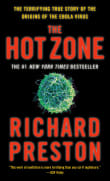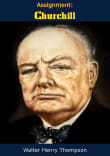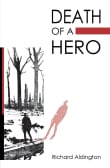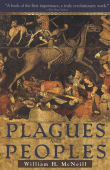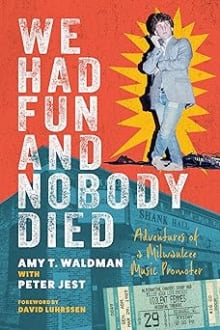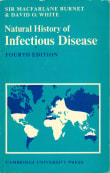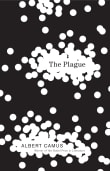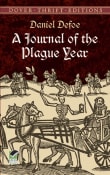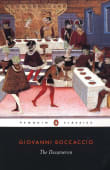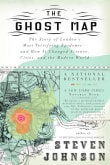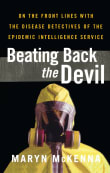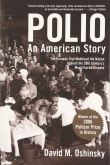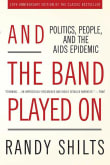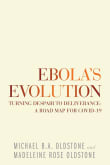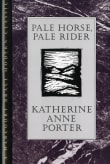The Great Influenza
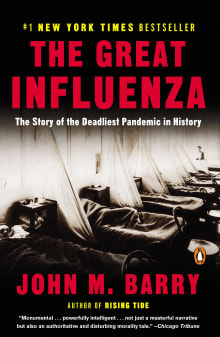
Book description
At the height of WWI, history's most lethal influenza virus erupted in an army camp in Kansas, moved east with American troops, then exploded, killing as many as 100 million people worldwide. It killed more people in twenty-four months than AIDS killed in twenty-four years, more in a year than…
Why read it?
7 authors picked The Great Influenza as one of their favorite books. Why do they recommend it?

Barry’s dramatic historical account of the 1918 influenza pandemic has been called “fascinating,” “brilliant,” “sobering,” and “terrifying” by numerous reviewers.
It is a piece of history, the worst public health disaster in the century before COVID-19, that should have helped succeeding generations to take pandemic preparedness more seriously. It should have enhanced our understanding that during such a crisis, science must lead the way. Despite all that we did learn from the great influenza of 1918, we were unable to avoid many of the mistakes made when our leaders too often shunned the advice of science and made the COVID-19…
From Robert's list on the “war” between politics and science.

The 1918 flu killed millions, including 675,000 in the United States. It rapidly killed young people. The president of the United States never spoke of it.
The United States was at war, and officials claimed speaking of the flu would undermine the war effort. Not speaking of the flu fit well with widespread suppression of speech, which officials also justified by pointing to the war. Civil rights and liberties claims linked to that pandemic as it did in COVID-19.
Mr. Barry’s sprawling story includes many actors. Mr. Barry argues that managing a pandemic requires trust. In the COVID-19 pandemic, trust…
From Susan's list on governing disasters in a changing climate.

This brilliant non-fiction work by John M. Barry is fascinating for its scholarship and engaging prose. We learn about the source of the H1N1 influenza virus in birds through its mutations to a deadly pandemic engulfing the globe and responsible for killing an estimated 50 million people. In addition to writing layman’s course in virology, Mr. Barry focuses on individuals who perished and those who searched unceasingly for a vaccine. This is the most timely of books for readers who have endured the twenty-first century coronavirus pandemic.
From Marcia's list on pandemics, historical, or fictional.
If you love The Great Influenza...

Unfortunately,
the Great Influenza is no longer “the deadliest pandemic in history,” but Barry’s
nonfiction book does an excellent job bringing history to life. After setting
the stage of American medicine in the early twentieth century, he depicts the
progression of the pandemic, showing its effect on public health and society as
a whole. I was fascinated with how people communicated (colored crepe on the
door, for example, to indicate a death) without our current technology.
From Yvonne's list on on pandemics published pre-COVID.

In the winter of 1918, at the height of World War 1, influenza virus infection arrived and killed over 50 million and perhaps up to 100 million people worldwide. It killed more people in six months than the Human Immunodeficiency Virus or Covid killed since their discoveries. The cause, lessons learned in terms of this pandemic are subjects of this book and offer insights into what can be done for and during future pandemics.
From Michael's list on understanding how viruses cause disease.

It’s “just the flu” right? WRONG. Influenza has been and continues to be a real killer. Barry’s book is an incredible read about the great influenza pandemic of 1918, which has striking parallels to today’s COVID19 pandemic. Those who don’t learn from history are forced to repeat it.
From Steffanie's list on for armchair infectious disease epidemiologists.
If you love John M. Barry...

A wonderfully researched and written account of both the Influenza of 1918-1919 and of America's entry into the Great War. Barry included the only mention I had come across about the catastrophic illness of President Wilson on the eve of the Versailles treaty negotiations. We can only wonder what might have been, had Wilson caught influenza just a few weeks later.
From Mary's list on the fragile peace after the Great War.
If you love The Great Influenza...
Want books like The Great Influenza?
Our community of 12,000+ authors has personally recommended 100 books like The Great Influenza.


